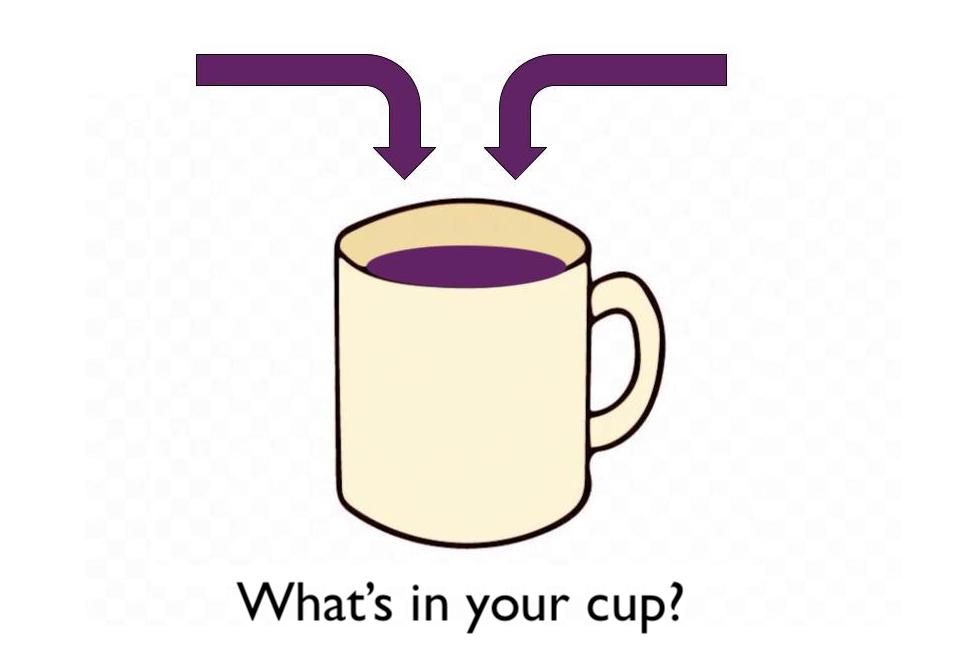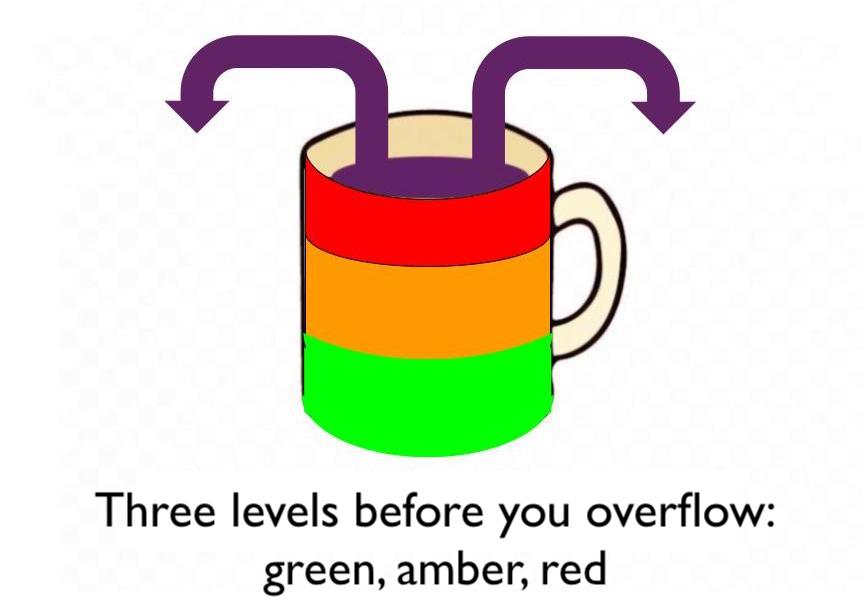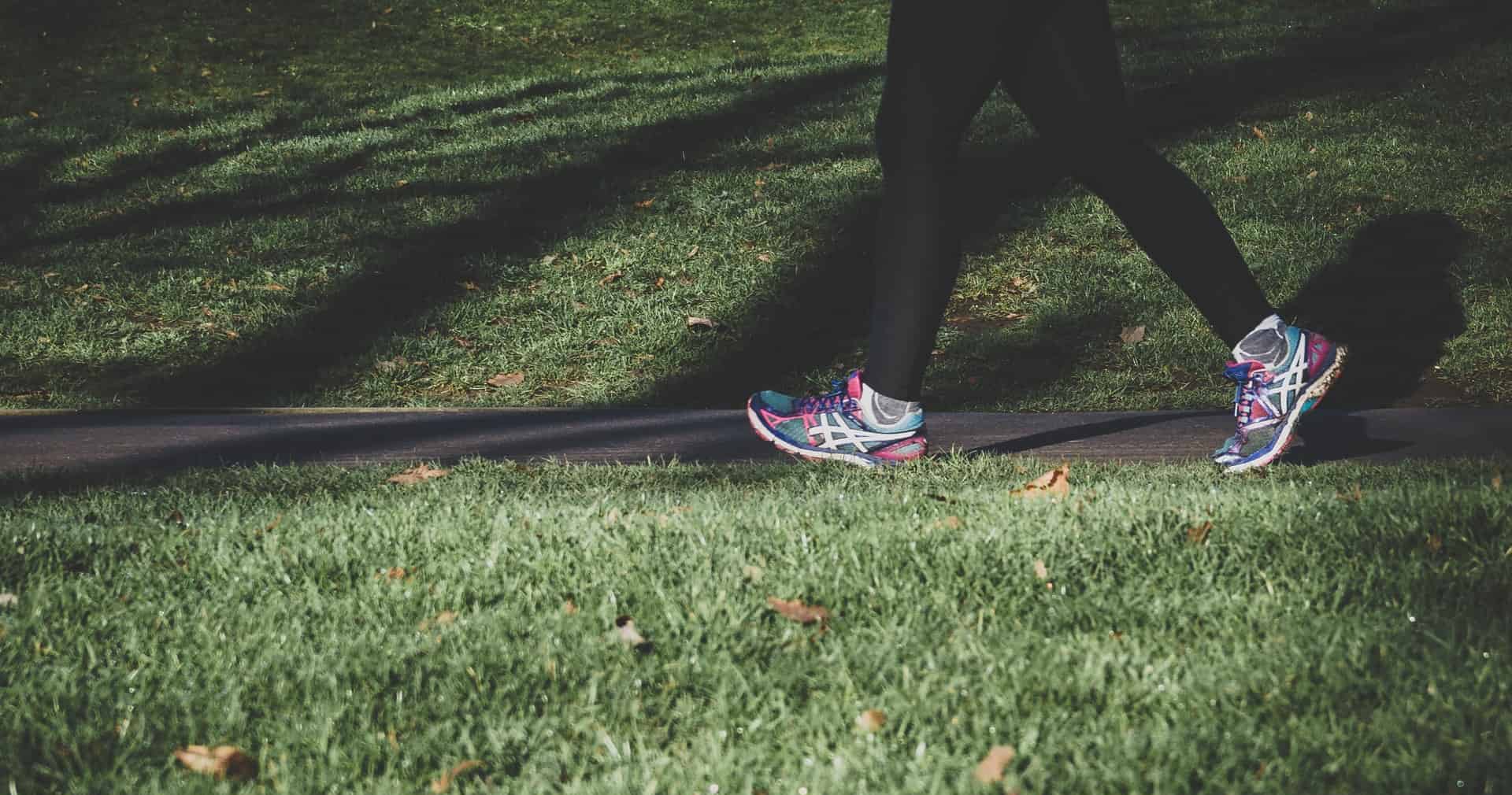Whilst we all respond differently to remote working, in an always-on post-pandemic world it’s been even harder to maintain a work-life balance or find time to relax whilst staying on top of what’s going on at work and in the world.
At first sight, remote working and working from home sound great. There’s no commute. You can enjoy freedom from distractions. You have the flexibility to go for a walk or work outside when it’s sunny. You could have more personal time.
But the reality – as we discovered during the pandemic of 2020/21 – is that many people find the working day to be more stressful, whilst others find the isolation of working and living alone to be a big challenge. And the lack of boundaries between work and home make it harder to switch off.
And on top of trying to do their normal jobs, staff were also having to implement a host of mitigations for all the changes in rules and procedures that affected their work.
As the pandemic dragged on and on, many people felt that it wasn’t the right time to take leave, they were waiting for things to ease up and then they’d take a better holiday.
As a result of all this, lots of people found that they were burning out or discovering to their horror that for the first time in their lives, they might actually be having to think about their own mental health.
None of this is going to go away as lockdown eases – we’ve got to work out what hybrid working will mean for us, and burnout will still be a possibility.
So what can you do about it?
Read on for our guide to avoiding Burnout. It’ll help you come up with practical ways to avoid it, spot when it happens and help you come back from it.

Photo by Gemma Chua-tran on Unsplash
Burnout Toolkit – a guide to avoiding overwhelm and exhaustion
What is Burnout?
Burnout is more than stress. It is the state of complete mental, emotional, and sometimes physical exhaustion, brought on by months or even years of feeling swamped and taking on more than you can handle.
The symptoms of burnout may be invisible to other people, and burnout doesn’t go away on its own.
So if you feel overwhelmed and exhausted by everything that you have to do but somehow worry that it’s not enough, if you have no enthusiasm for your job and don’t feel motivated to do anything, you probably need to stop and take time off to recover.
Hopefully, most of us get nowhere near this and by paying attention to how you’re feeling and doing things to take care of yourself, you’ll avoid tipping over into burnout.
So if you’re trying to do too much and feel your stress levels building up and not going away then it’s time to do something about it.
Burnout affects your body as much as your mind
Burnout and overwhelm can feel like a mental health issue but there’s a physiological aspect to it too – actually it all starts in your body.
Fight or flight is a well-documented human stress reaction – it goes back to our life on the plains of Africa: you see a lion, it sees you, it starts moving towards you… you run like you’ve never run before. Your body takes over. Your bloodstream is flooded with adrenaline, and your brain focuses on just getting you out of there.
And then one of two things happen. Either the lion catches you and eats you. Problem solved. Or you escape and you make it back to your cave, brush past the flaps and get behind the fire. You take deep breaths, your heart rate slows down, you made it, you’re alive. And you can boast to everybody about how you out ran a lion. Whoof!
The thing is, we experience similar kinds of stress in the modern world, and the same response happens. When you get very stressed, your digestive system shuts down, your adrenaline levels rise and your heart rate increases.
But there isn’t an equivalent of being eaten or escaping. We’re just in it all the time. If you think about all the things that make you feel anxious, more stuff comes along until it’s all overflowing, and we don’t complete the cycle.
This is when burnout happens: total emotional and physical exhaustion.
Resolution: complete the stress cycle
Because the emotional and physiological symptoms are so closely linked, if you can’t kill the lion and you can’t escape from the lion, it turns out there are things that you can do to complete the stress cycle – with either a physical or a mental reset.
For example, you could go for a run and then come back. That could be enough to close the loop.
If you can’t run, you could go for a stiff walk, or you could do a workout. Writer Amelia Nagoski describes how she uses cross her trainer workouts to destress: in her mind’s eye she’s Godzilla, stamping on all the buildings and all the people who are pissing her off. In effect she’s introducing some creativity to her exercise workout, and activating her imagination. It’s a powerful way of resetting, and bringing her back.
There are other things you could do to reset yourself. It doesn’t have to be a Godzilla workout, it could be a creative activity, such as knitting, reading a book, or even watching a movie. Anything that takes your mind away creates the reset.
This isn’t rocket science, and most of us know this – the trouble is we don’t do it!
The Cup of Capacity: how to spot when you’re approaching burnout
The Cup of Capacity was developed by clinical psychologist, Dr Emma Hepburn.
It’s a simple exercise based on her brilliant picture of a cup.
Dr Hepburn explains, “we’ve all got a cup of capacity, the question is: what’s in your cup?”
How to do it:
- Draw a picture of your cup
- Make a list of all the things in your cup that you are dealing with and that are concerning you – a bit like Circle of Influence
- Have a look at all the things you’ve written down.

Is there a lot there?
Are there themes?
It’s really helpful to look at this and to acknowledge if you have too much on your plate, for two reasons:
1. Don’t feel bad – you are not a failure
All the things in your cup that are stressing you out are also the things that represent and embody your values, because you only get anxious about things you care about.
Which means the reason you’re trying to do too much is not because you’re a bad person or a failure, but because you’re fundamentally a good human being and you’re trying really hard to make sure the things you care about get done.
So rather than feel bad for not being able to cope, acknowledge that you are trying to take care of a lot of important stuff like making sure people are alright, or finishing work to a good standard.
That’s admirable.
You shouldn’t be ashamed of that.
2. Cups only hold so much
The thing about cups is they only hold so much. And when they overflow, bad things happen: you burnout.
When you’re doing the Cup of Capacity exercise, it helps to think about the cup having three levels: green, amber, red:
- Green is fine – you have lots of room in your cup
- Amber – your cup is getting fuller
- Red – your cup is close to full
- Then you get to overflow

Ask yourself: where are you at right now?
How you know when you’re in the red zone
What happens when your Cup of Capacity is approaching the red zone (the top level)? What do you notice about yourself? How do you behave? How do you feel physiologically? This is really relevant, and understanding it is helpful.
If you pay attention, you may become aware that when your cup’s filling up you become forgetful, or you can’t sleep, or you start being snippy with your family.
These are indicators that your cup’s getting full, and you might need to do something about it.
Acknowledging what you have on is really important here.
If that is the case, here’s some questions to ask yourself:
- Why have you got so much on?
- What can you let go of? If nothing, that’s okay – there’s no point in feeling even more stressed about it.
What you can do about it
Knowing your cup is too full is helpful because it shows a pathway to feeling better. There are several things that you can do: some are about prevention ie making your cup bigger, some are about responding to the discovery that you’re in that state and recovering from it, and some are about taking things out of your cup.
You may need someone to help you.
There’s a great talk where sisters Emily And Amelia Nagoski, co-authors of Burnout speak about unlocking the stress cycle. They share a story of when Emily was writing a TED talk. As she got closer to the deadline she became increasingly unbearable and rude to her sister, Amelia.
Fed up with this, Amelia kidnapped Emily’s dog and put it in her car and told her sister, “I don’t care what you’re doing right now, you need to get in your car and take your dog for a walk because you need to take a break.”
Emily was annoyed but she went to the beach with the dog anyway and of course, within 15 mins calmed down and got some perspective and texted an apology to her sister, “I’m really sorry. You were right, I was wrong. Thank you for making me do what I couldn’t do myself.”
When you’re burning out you need people around you to help rescue you from that stuff that’s the problem. Because you can’t see it, when you’re in it.
When your cup starts overflowing, you could be the last person to realise.

Photo by Arek Adeoye on Unsplash
7 Ways To Build Your Resilience Against Burnout
So here are some practical ways to prevent and respond to burnout if you notice it’s happening to you.
There are two levels to this:
- the basics that you really should be doing,
- five practices to bring into your routine (five things can be quite intimidating, but you don’t have to do all five, you can find ways to tick several boxes at once).
Three basic ways to steer clear of burnout
1. Get enough sleep
The baseline is to get enough sleep. And if you’re not, there are sleep resources on the NHS website and elsewhere that you can do that will help. Some basic tips: don’t look at your phone late at night, have a good night-time routine, and get some daylight in the morning.You can also try weighted blankets, ear plugs, or eye masks – they can all help.
Do some homework and find out what works for you.
2. Eat the right things
Are you eating properly? When we’re stressed or upset we tend to reach for fatty, carb rich, sugary, comfort food and snacks that make us feel worse in the long run, not the fruit and veg that are actually good for us. This creates a vicious cycle. So make sure you eat lunch, have a proper breakfast and try not snack on processed food all day long.
3. Planned joy
Have you got some planned joy in your life? It turns out this is really important.
Sometimes I plan to have an ice cream after work on Friday. I’ll decide that on Monday and look forward to it all week, because looking forward to it is a big part of the medicine. Planned joy might be that you’re going to see an old friend, or it might be you’re going to go for a walk, or watch a movie that you really like. It doesn’t matter what it is.
A colleague told me, “I’m really looking forward to having a really long soak in the bath on Friday. I’m going to paint my toenails, light candles and just pamper myself. I’m looking forward to it. It’s my treat to myself.”
It works.
The Five Pillars: things to build into your routine that reset your stress levels
Here are five extra ways to reset your stress levels. Think about how you could stitch some of them into your life. They’re not all separate so you can link them up – one activity may cover three of them for example.
1. Move!
Movement is a really helpful activity. Movement tells your body that you’re moving away from what’s stressing you, which is one reason why regular exercise can reduce anxiety – by making your brain’s “fight or flight” system less reactive. So at the very least make sure you go for walks – ideally every day.
2. Be creative
Learning or being creative can also help. Turns out, tapping into creative energy can actually improve your overall health. So whether that’s painting by numbers, taking a course, playing an instrument, whittling a stick or anything that engages your hand-eye coordination, grab a pen and start writing, doodling, get your hands dirty or whatever you decide to do, it’s time to start getting creative.
3. Being in the moment
Studies have shown that being present in the moment can improve psychological well-being. Being present means being aware of the sounds, smells, and what you see and feel, right now. Not thinking about the past or worrying about the future.
4. Connect with people
We are social animals, and connecting with the right people can improve mood, help you feel safer, and reduce stress. Family, friends, and coworkers are great places to start. Or anyone else you see regularly, such as neighbours or the barista at your local coffee shop. Whether it’s small talk or deep conversations, connection can boost mood and help you solve problems before things get overwhelming.
5. Give something back
It turns out acts of kindness reduce stress levels. So can you do something to give back? Can you help someone else? There is a definite helpers high and a feelgood factor from giving back and contributing to society.
Link them up for best results
All five of these are things that make you feel good, and can help stave off burnout.
It may be a challenge to fit them all into your life without feeling like you’re failing. The solution is to link them up. For example, go for a walk and take some photos, or doing painting by numbers which also helps you be calmer and more present.
There was a woman who had a part-time job. In a spare day she volunteered at her child’s school (not in her own child’s class). She helped kids with reading or maths. She learned about the children and about modern ways of teaching. She hung out in the staff room – gasping at the bitchiness that was going on there and enjoying that – but mainly she was connecting with people. And she walked there too.
It ticked at least four of the boxes, and she felt much happier.
So see if you can find ways of introducing these into your life.
If this post resonates and is helpful, and you’d like to take it further have a look at our elearning course on Burnout, here.
If you need some help with working on this – get in touch, at Then Somehow we help you and your team build emotional literacy, increase empathy, and help you see the world differently, giving you practical tools to shift the stuff that’s stuck.
If you’d like to discuss how we can help your team deal with burnout, get in touch here.
